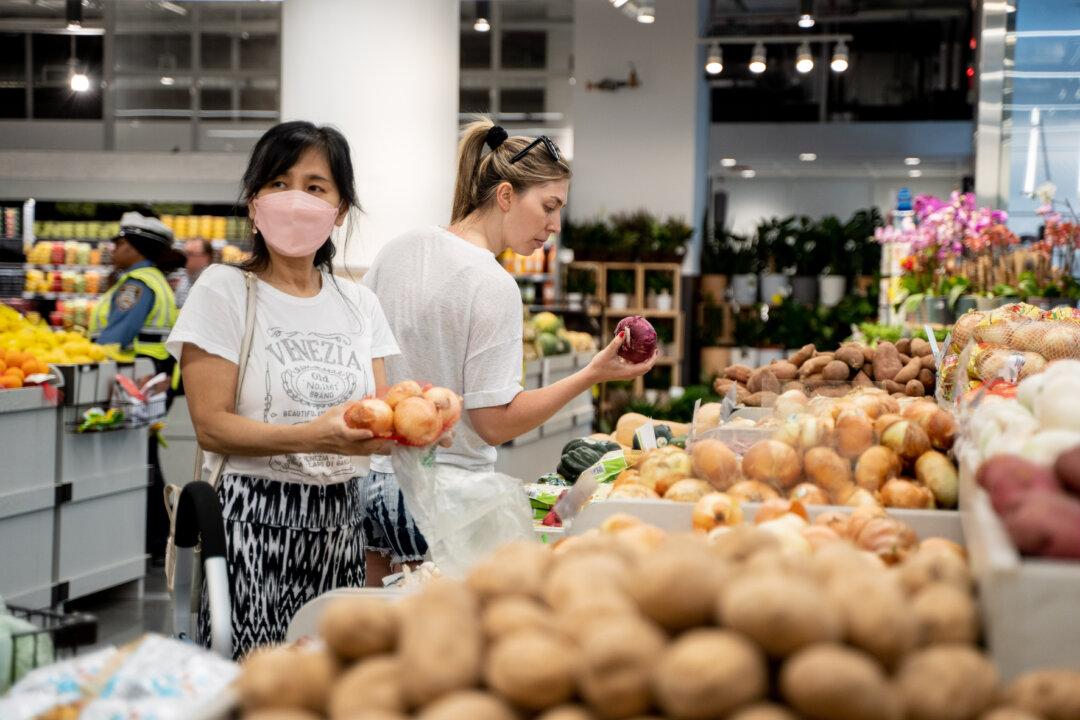The average price of U.S. groceries has skyrocketed due to high inflation and shortages among the top ten key food items over the last 12 months up to May 2022, according to a June 28 sales report from NielsenIQ.
American consumers are feeling the pain and are increasingly spending more of their income on many basic groceries, as prices “are exceeding these inflationary measures“ said the report.“The effects of high and sustained inflation are much more pernicious than unemployment in the sense that high prices affect more people,” noted Mark Hamrick, Bankrate’s Senior Economic Analyst.





